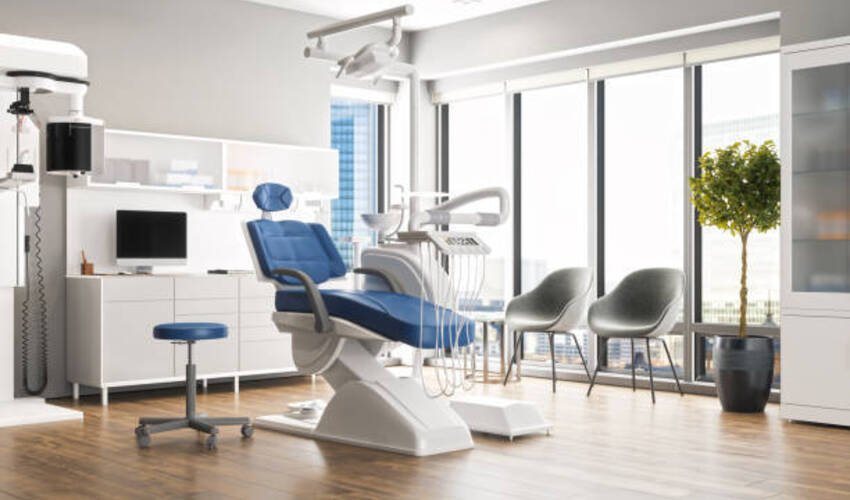Americans Face Toughest Week Yet
Surgeon General Adams had a stark warning for all of America ahead of the second week in April. Dr. Jerome Adams warned that America is entering what will be one of the saddest and most difficult weeks for Americans, comparing the death toll and grief to national disasters such as 9/11 and Pearl Harbor.
Experts are predicting through analytic data-driven models that America has yet to see the virus crisis apex and hospitals and facilities in our nation will have to make difficult decisions as to who receives care as the number of patients who critically ill continue to swell.
Strict Skilled Nursing Facility Guidelines
The CDC has issued guidelines for skilled nursing facilities who want to ensure that their residents are safe and the virus does not ravage their community. Eight out of ten deaths in our nation have been citizens who are in the at-risk group of 65 and older. Skilled nursing facilities are being cautious in the strict lockdown of their facilities by not allowing any visitors, tirelessly checking residents and staff for fever and any other symptoms and limiting the activities within the facility.
Doctors and specialists have begun seeing facility residents by way of telemedicine.
Expansion of Telemedicine by US Government in Response to COVID-19
The rapid spread of the novel coronavirus has prompted the federal government to allow Medicare and Medicaid patients to receive health care by way of telemedicine. With the passage of the CARES Act by CMS in March, an 1135 waiver gives way to providers being able to schedule virtual appointments with their patients via telephone or video. The HIPAA laws have also been relaxed to allow Facebook, Skype, and Zoom to be used for visits.
This has made many more Americans aware that the choice for remote monitoring of their care is available. Technological equipment is available for patients to send their vitals to their physician as well, such as blood pressure cuffs and glucose meters.
For conditions such as rashes or chronic wounds, pictures may be requested by the physician if the call is not taking place by video but audio only.
Telemedicine is Here to Stay
The healthcare industry has rapidly become focused on the ever-present priority of caring for patients (those sick with COVID-19 and the patients who have other chronic illnesses as well) while battling to maintain the health and safety of doctors, nurses, and clinic and hospital staff.
Every aspect of life as we knew it has been disrupted or halted altogether. The sense of normality seems to be lost now. Even though it may seem like there are no positives in this scenario that is playing out, it doesn’t mean that positive outcomes won’t be present when we come out of this on the other side.
There are very few moments in time that can rival COVID-19 as a catalyst for a prompt acceleration for the transformation of health care delivery. Once this crisis of pandemic levels is over, there will be no going back to normal.
When faced with an unprecedented pandemic and a virological threat the industry and its governmental regulators have adopted a service mindset that is contemporary while using modernized tools and technologies such as:
- Increased utilization of real-time communication and social networking
- Progressive coordination and collaborative tools
- Telehealth and telemedicine
- Self-service care and diagnostics
- Reimbursement and payment concessions
- Predictive analytics
- Artificial Intelligence, machine learning, and chatbots
It was just a few years ago that the healthcare industry was a manual, non-digitized, paper-based business. Collected data was rarely used. We modernized technologically, but slowly. Twenty-plus years slowly. Until we invested in EHRs and clinical ancillary systems. Data began to be leveraged. A focus on interoperability came about.
Enter Coronavirus Exit Antiquated Infrastructure
Enter a global pandemic. This crisis has brought a collective response that could very likely be a glimpse of what healthcare may look like once these tumultuous times in our country have passed. It will pass, and It will leave everyone in the healthcare industry with a different concept of what is feasible.
The day that the pandemic is no longer will be the first day of a new normal for health care providers and for American patients. Silicon Valley is more than ready for the upward trend of medical technology. From remote visits to the utilization of chatbots to triage patients the market has exploded in order to protect physicians and patients alike. Symptom checkers are being utilized to gauge if a patient should go to an emergency room or stay at home.
Health care providers across the nation are taking a step out and treating their patients in a way they never thought they would. Will telemedicine remain as attainable as it is now? We will not know until the new normal arrives, but there is a consensus that medicine will never be the same again.

Heidi West is a medical writer for Vohra Wound Physicians, a national wound care physician group. She writes about healthcare and technology in the medical industry.





